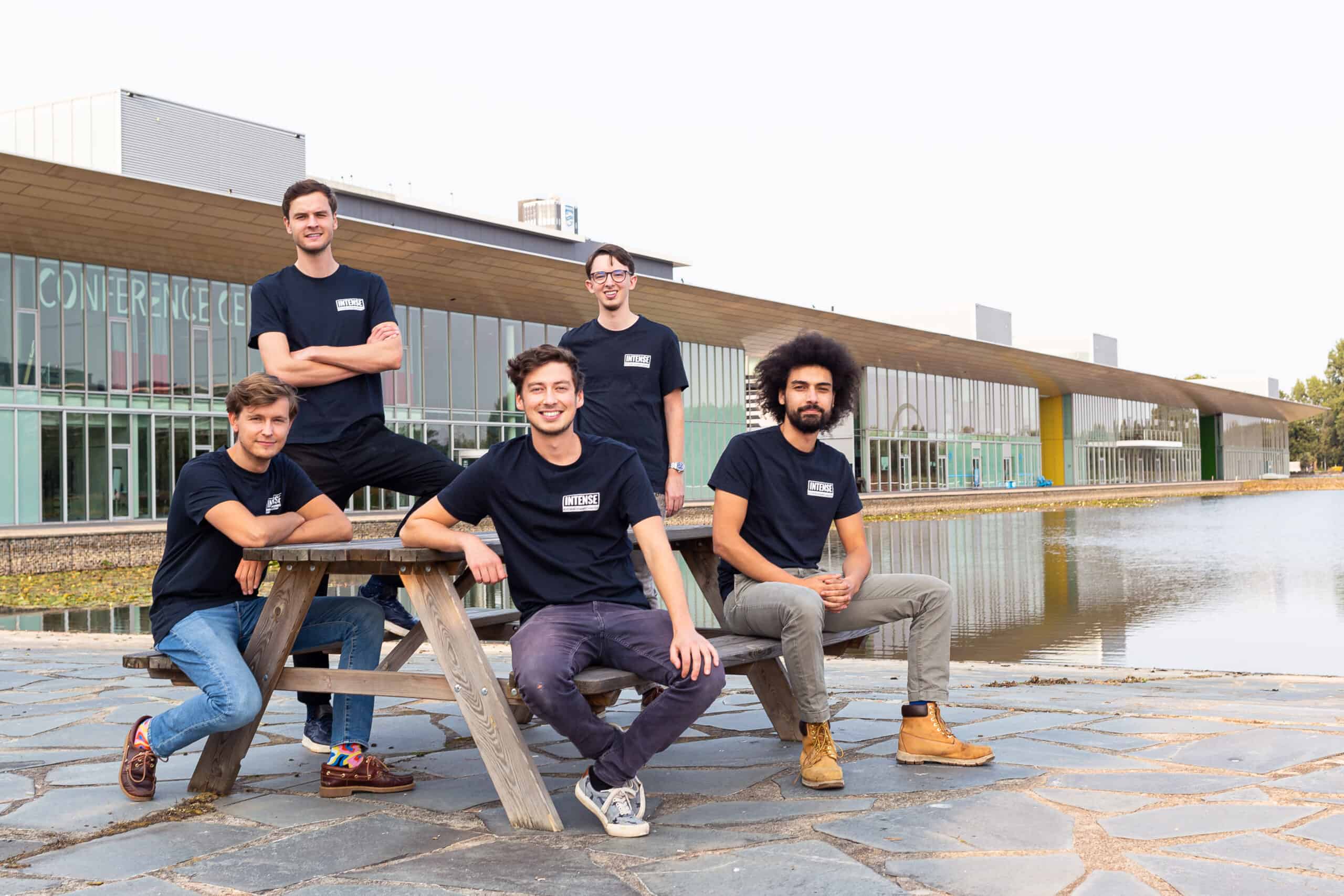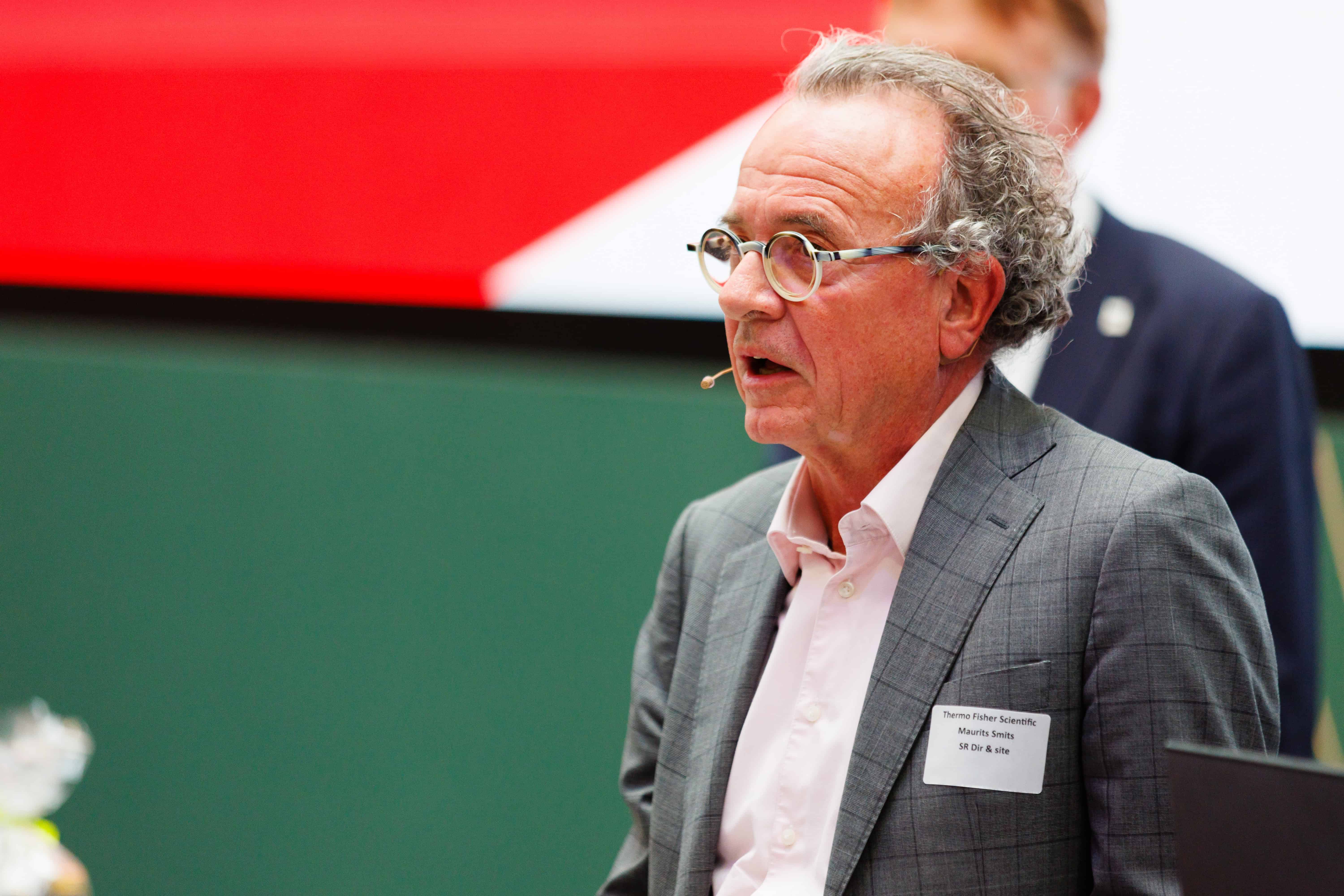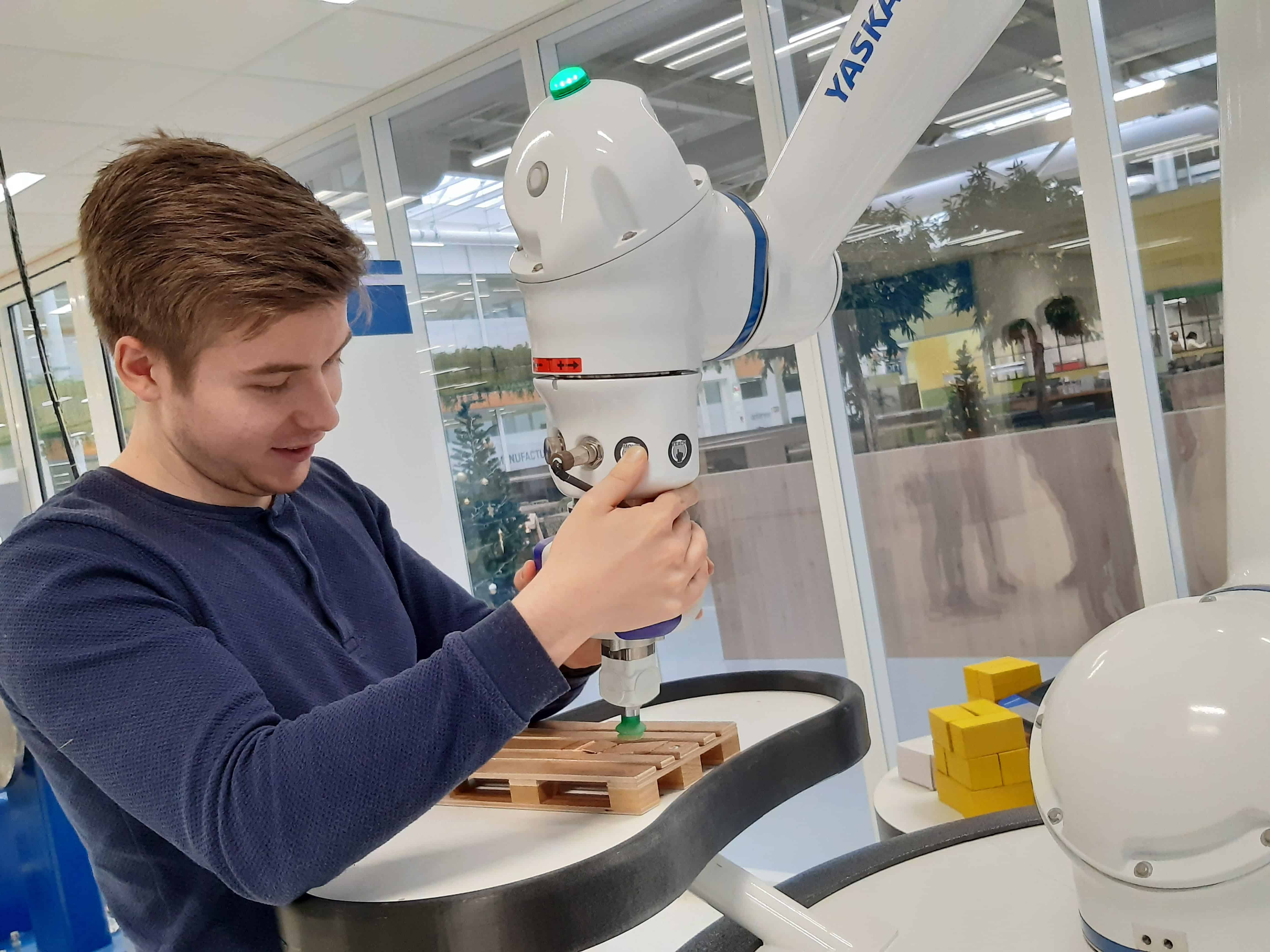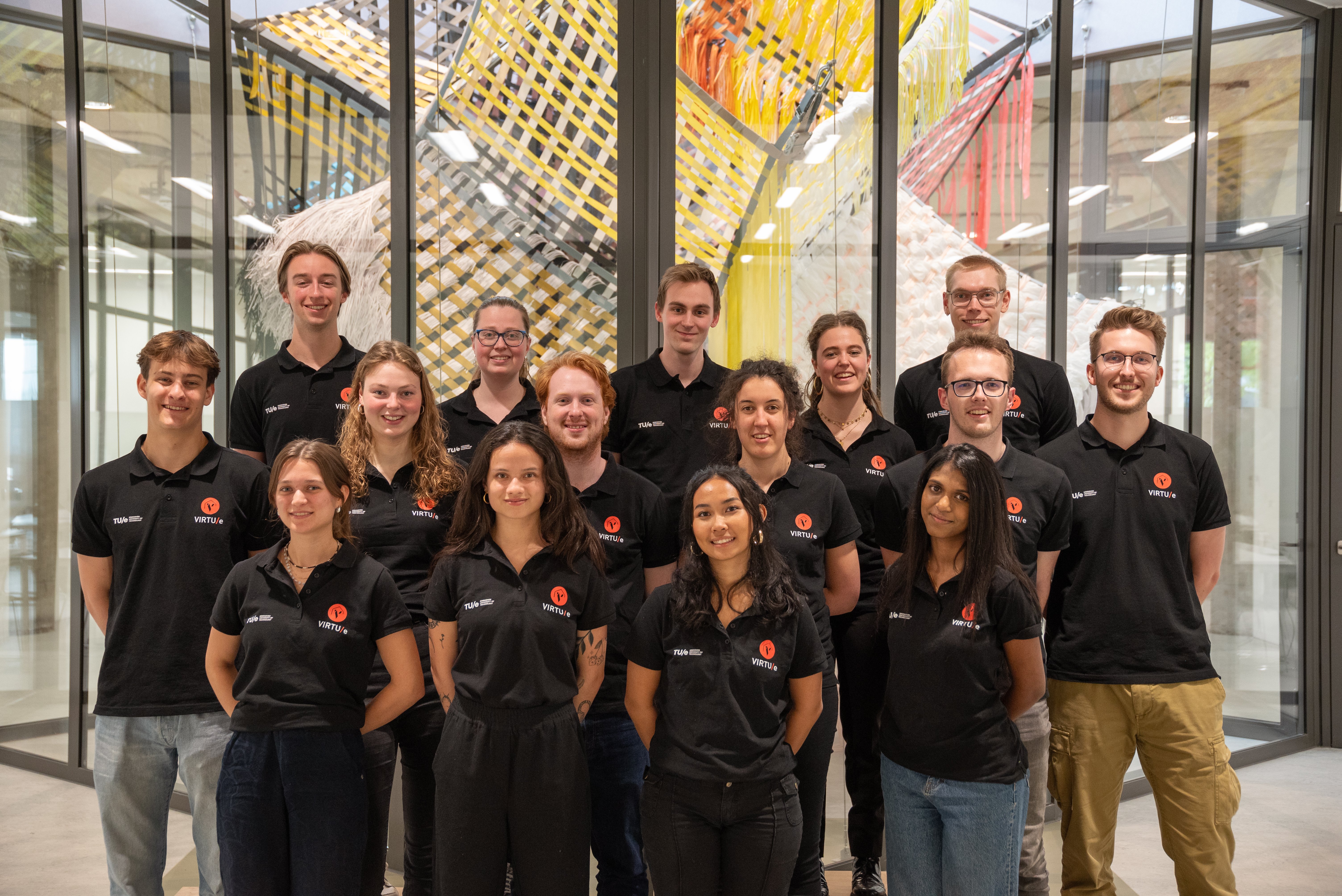
We last spoke to Bob van der Meulen, co-founder of Intense Solutions, two years ago. He re-read that article briefly before the interview and found it “strange, but also funny.”
That is not so surprising, as so much has happened since then. The Eindhoven-based company initially focused on providing additional security to computers by measuring the pressure sensitivity of keyboards. After all, the way you type is different for everyone. If a computer identifies this via software programmes, the device is able to tell whether a particular typing style belongs to a particular user.
In 2020, that focus shifted to software that guards against fraud in digital tests, something that then fit entirely into the time frame of students taking exams at home.
A new story

The analysis of typing and mouse behaviour is still at the heart of what they do, but now with a different kind of application. “Our core focus is recognising stress and emotions. We do that by mapping out the typing and mouse behaviour of people. We have changed our story. In 2019, we were a couple of TU/e students with a great idea, but we didn’t have any idea about what we should do with it exactly. Now our story is clear: with our software, you can alleviate work stress. The behaviour of an employee, reflects how she or he is feeling. If you are stressed, you sit behind your computer screen just a bit differently than you normally do. You might hit the keys just that little bit harder. Fine motor skills are a very valuable source of data.”
That story is becoming more and more topical. By 2021, almost 1.3 million Dutch workers had burn-out symptoms. Forty percent of employers report that their workload is one of the main risks for their company. Intense Solutions only found out while talking to employers that it is extremely important for an organization to be aware of how their people are faring. Van der Meulen: “That may sound all very logical, but when you have just graduated, you aren’t concerned about that at all. That’s why we had a lot of conversations with companies.”
Targeted intervention
Consequently, that realization led to a new story. Intense Solutions aims to give companies insight into how their organization is doing on a large scale and with “a whole lot” of precision. In the process, they never provide one-on-one feedback to the director on how an employer is doing. ” That is far too invasive. We manage things at the departmental level. For example, that the HR department could use some more standing desks. Or that the marketing department is under too much stress. This enables employers to intervene in a very targeted way.”
Their software is particularly interesting for large organizations, which generally have less insight into how their employees are coping. Van der Meulen: “We help organizations to map the well-being of employees in real-time and in an objective way, without having to bother them.”
A profitable passion
The measurement software is basically on the computer. “If you ask Kayle [Kayle Knops, co-founder, ed.], that’s probably the biggest difference from two years ago. He’s an electrical engineer and has worked on physical keyboards for a very long time. It was really hard to say goodbye to that,” Van der Meulen recalls.
They have become more business savvy. It all started with a passion, but now the founders are giving more serious thought to how to make money with their software. Intense Solutions runs mostly on grants and research projects at the moment. They work together with the Netherlands Enterprise Agency (RVO), among others, but also with BakkerElkhuizen, a company that develops ergonomic hardware and software solutions. The main focus is on R&D; the first pilots with a scalable product are scheduled to begin next year.
However, at this point the data is not yet accurate enough for that. The goal is to go from an accuracy of 70 percent to between 90 and 95 percent. They had been wrong about how much of a technical challenge it is, Van der Meulen admits. “The question is whether we will be able to get our accuracy up to par within now and a year. But, if it soon works, then it will be very easy to scale up.”
That challenge largely lies in the fact that each person’s typing and mouse style is unique. “Everyone is different. Where one person will type more slowly because they are tired, someone else might actually make more mistakes.” One ray of light: the more data Intense Solutions collects, the easier it becomes.
“We have changed our story. In 2019, we were a couple of TU/e students with a great idea, but we didn’t have any idea about what we should do with it exactly.”
Bob van der Meulen
Mouse click over keystroke
While they are leaving physical keyboards on the shelf for now, the mouse has only come more to the fore. “We learned that you can still get a lot more information from using a mouse than we thought,” Van der Meulen points out.
Data that can be gleaned from typing behavior include the interval between keystrokes and how long the key is pressed. But, each keystroke is a single data point, whereas there are 10 actuation points in one movement of a mouse. “As a result, we are now able to make faster and more accurate measurements.”
The founders are still in regular contact with their old university, the Eindoven University of Technology (TU/e). For example, they routinely seek advice from business developers at The Gate (formerly Innovation Lab), a TU/e platform where tech startups can go for help. The founders also still have good contact with the professors that guided their graduation. Van der Meulen: “They think things through with us on how we can reach that 99 percent. Once we reach that point, I really think things could go really fast. Our goal is to become a standard feature on work laptops around the world. If you ask me, we will still be in Eindhoven in five years’ time, but we will have offices all over the world.”









